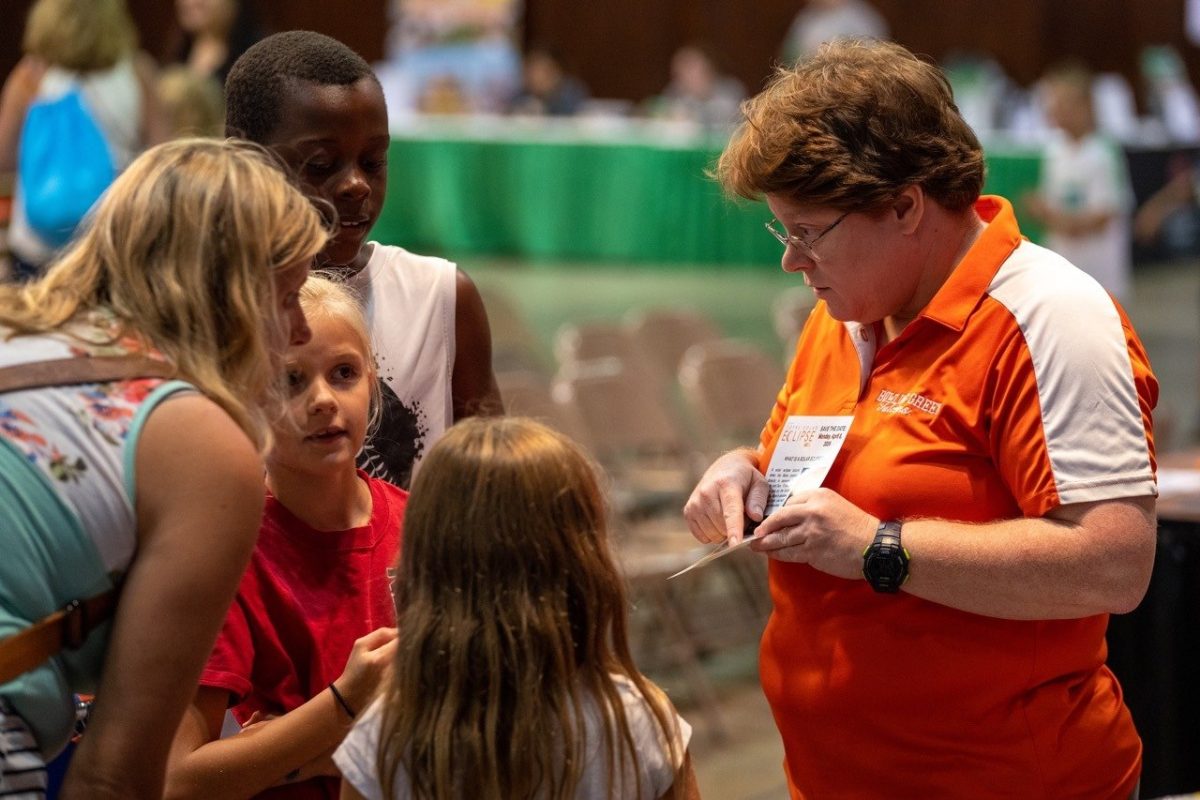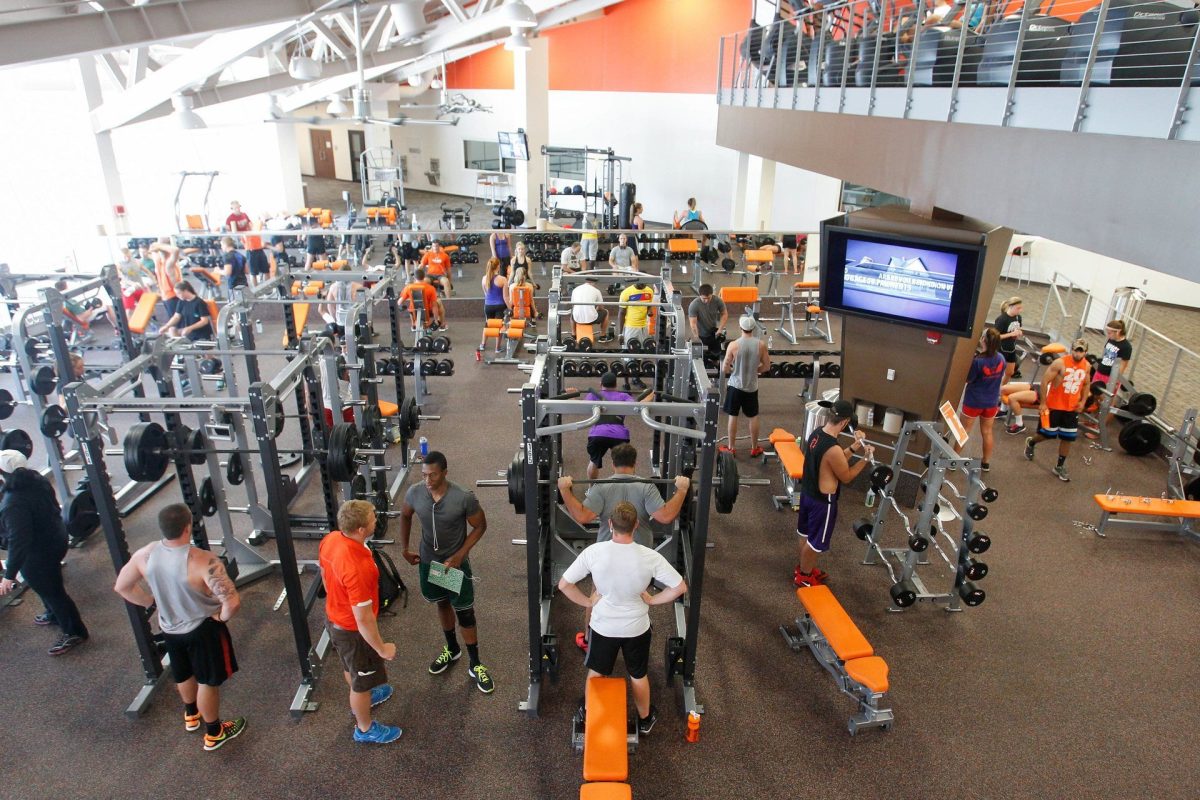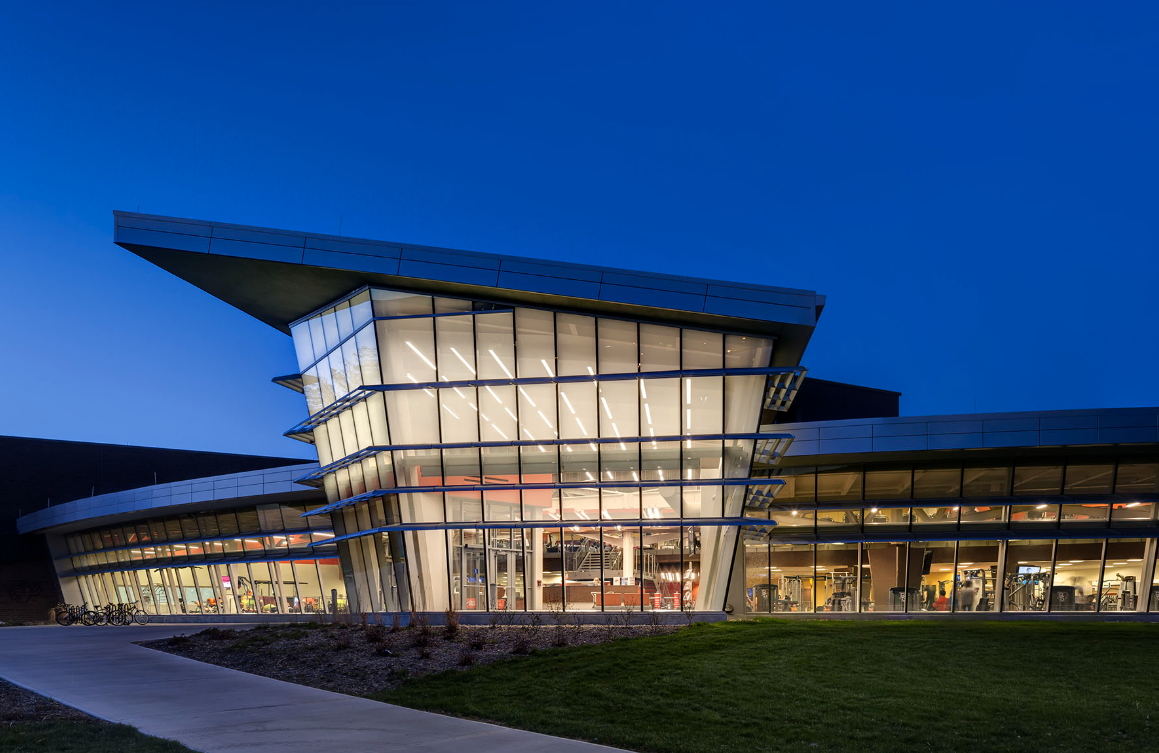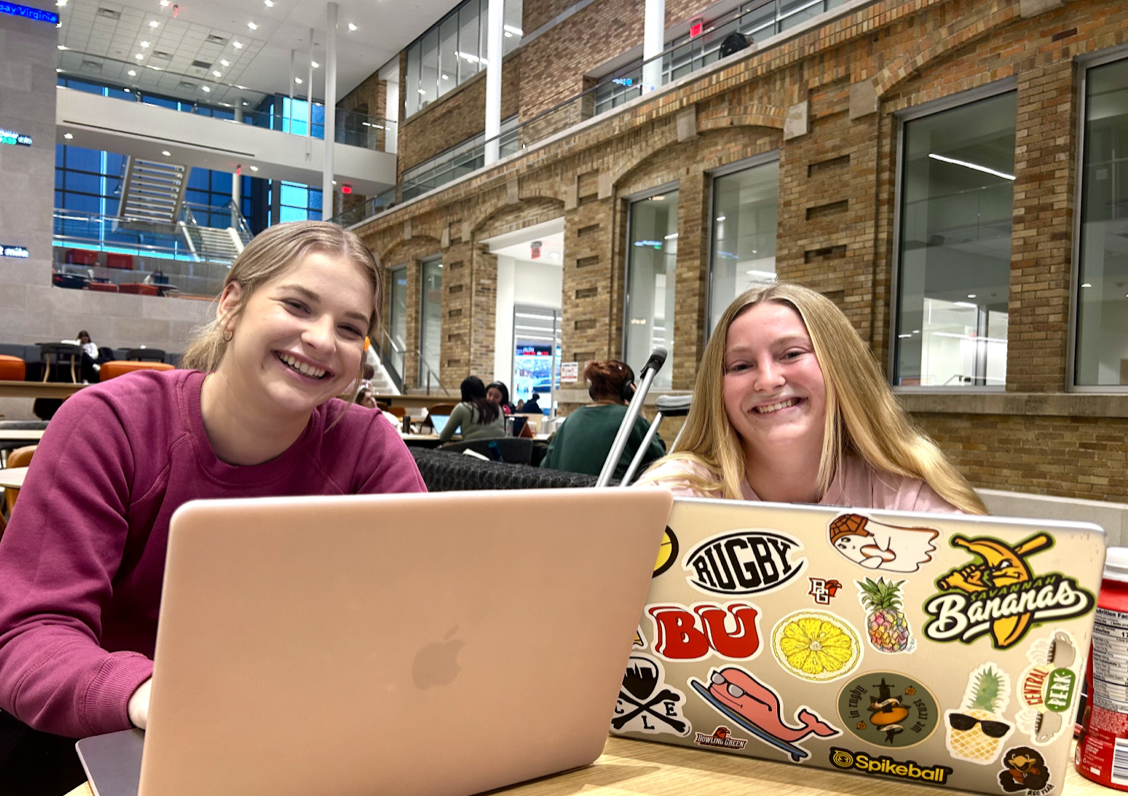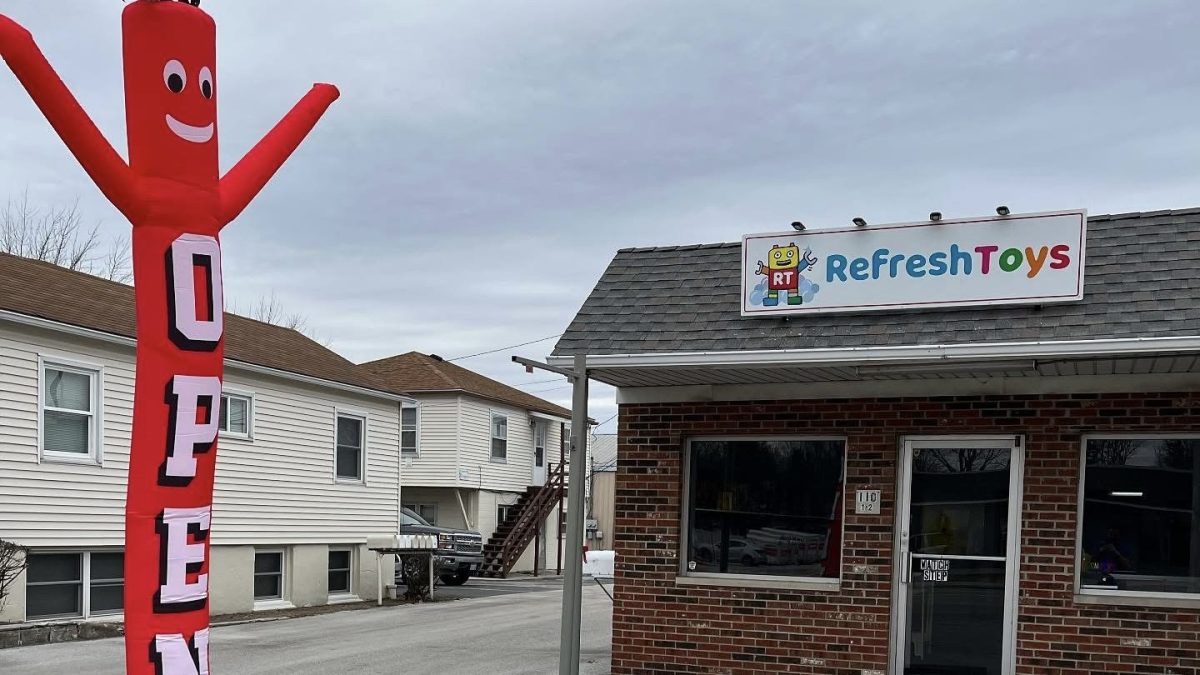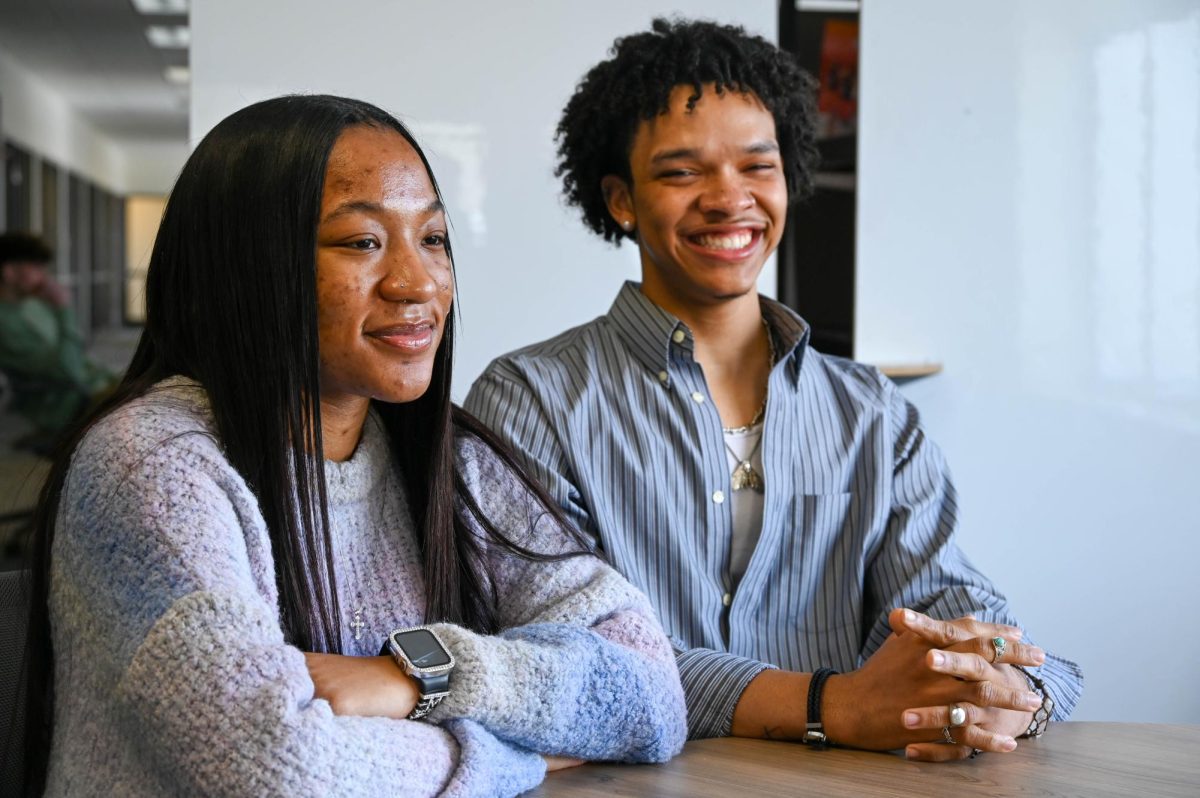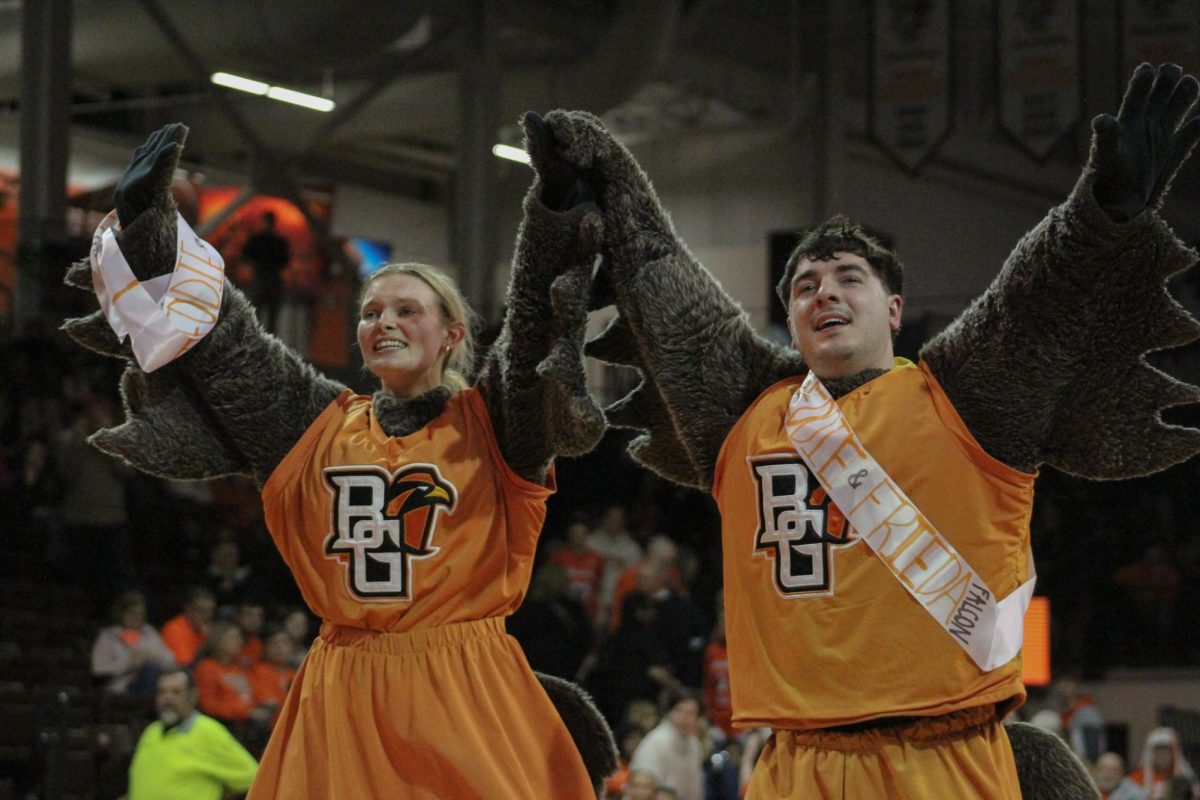The switch from Blackboard to Canvas has been an ongoing process for the past year, but the University will have students and faculty members fully migrated by spring semester.
The change to Canvas had many determining factors involved, said John Ellinger, chief information officer in the Information Technology Service Department.
“We wanted to provide something that was easy, simple and accessible for both students and faculty and staff members,” Ellinger said. “And when you compare an apple to an apple, Blackboard was $75,000 more than Canvas.”
Blackboard’s version was outdated by two versions so it was cheaper to offer Canvas, which was more up to date. The Information Technology Service Department offered a pilot program with a group of 50 students and 30 faculty members during the first semester of the 2012 school year, which Ellinger said went well.
“When we reviewed [Canvas], open-source products offered on that were liked by both students and faculty,” he said. “We were recommended by the students and faculty who participated during the pilot program to move forward with Canvas, so we did.”
Canvas is an 18-month migration. Currently, 40 faculty, teaching 90 to 100 classes collectively, are still using Blackboard.
“Either they did not make the change to get on soon enough, or brand new professors have more experience with Blackboard,” Ellinger said.
Because of the agreement made in 2012 that Canvas would be an 18-month migration, faculty still have the option of using Blackboard in place of Canvas until spring.
Michael Carver, history instructor, uses Canvas for both online and in-class teaching.
“I honestly didn’t like it at first because it was new, but once I got used to it I didn’t mind it,” Carver said.
Carver also explained the difference between using Canvas for his online classes opposed to when he teaches his in-person classes. He said it is more useful for teaching online classes because of the “impromptu conversations students and faculty members can use,” where he didn’t see much of a difference when teaching in-person.
“Blackboard and Canvas seem the same to me when I taught classes in person, so I don’t really have a preference for either one,” Carver said.
However, junior Ben Hofecker prefers Canvas rather than Blackboard.
“My professors rarely used Blackboard or updated it, but I feel like professors are forced to use it because it is so interactive,” he said. “Canvas is more accessible for both [students and teachers].”
Freshman Kiala Bellamy has a class on Blackboard and the rest using Canvas, allowing her to experience both.
“I definitely like Canvas more because I don’t think it crashes as much as Blackboard,” Bellamy said. “It’s faster; more efficient for assignments and grades.”
Her favorite feature Canvas has is the “What if?” option under the Grades tab.
Students can type in a grade under an assignment to determine what score they need to receive a desired grade in the class.
“I love that because I feel like I don’t have to constantly bug my professor about my grade and what I need to get on an assignment when I can do it myself,” Bellamy said. “You have to wait for the professor to manually insert grades to Blackboard, which is annoying because I want to know my grade.”
Another feature Bellamy enjoys is the discussion tab.
“It’s so easy to communicate with everyone in the class,” she said. “If the professor is too busy maybe a student can answer my question.”
Freshman Zach Street also enjoys the discussion tab because he can expect answers from professors and students fast.
“It’s definitely way faster, which is nice when you have a last minute question,” Street said. “I don’t like the entire website’s set up though.
Street said he believes more work could be done to it because it is “poorly set up and amateur.”
“It’s annoying that once you log onto Canvas you can’t click anywhere to go back to MyBGSU,” he said.
While Canvas is fairly new to everyone on campus, updates and new changes are sent to the Information Technology Service Department every three weeks.
On the top of the header on the right hand side there’s be an option to go back to the MyBGSU portal but there are a number of reasons why it may not work for everyone right now, Ellinger said.
Ellinger said certain browsers may not work for students and because the MyBGSU portal won’t be fully updated until fall break, which is Oct. 10-12.
Some changes to Canvas students will notice include an e-book textbook option, a ‘Turn-It-In’ option, which is where students turn in assignments that checks for plagiarism, and remotes for in-class quizzes, which will send results straight to your grades on Canvas, Ellinger said.
Ellinger said the goal is to have 75 percent of students use canvas by the end of this year.
“I am more than delighted with the progress we have made with this migration to Canvas, and I think students and faculty across campus really enjoy this change,” he said.


